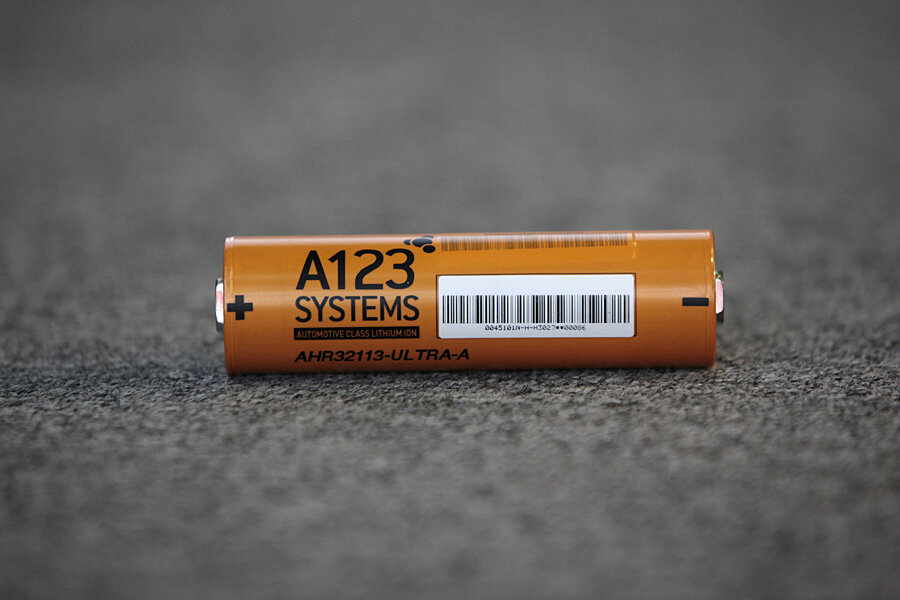Will paper-thin batteries power tomorrow's smart phones?
Loading...
Size is everything in today’s pocket electronics, and lithium-ion batteries are just too big for the gadgets of the future.
So Imprint Energy, a startup in Alameda, Calif., has developed a new form factor for batteries, based on chemistry that once was thought to be suitable for batteries.
The problem with lithium-ion batteries is that they react unfavorably with oxygen and so must be coated with thick, heavy insulation. The problem with the current generation of thin-film lithium batteries is that, while they can be rechargeable, they’re still reactive; they don’t hold much power and are costly to make.
Finally, the problem with today’s printed batteries is that they can’t be recharged, though they’re inexpensive to make, hold more power and can be made with zinc, which is more stable than lithium.
Back when she was a graduate student at the University of California Berkeley, Imprint cofounder Christine Ho noticed that despite zinc’s benefits, it had a problem, too: its electrolytes, through which electrical current flows, are water-based and form branchlike structures during use known as dendrites, which can cause the battery to short circuit.
Ho, working with a researcher in Japan, developed a non-water-based electrolyte that not only doesn’t form dendrites, it’s far more stable and has a longer recharge life. The two then used a 3-D printer to produce microscopic zinc batteries. (Related Article: Batteries May Finally Be Having Their Day)
Problem solved, according to Brooks Kincaid, Imprint’s other cofounder and president. He tells MIT Technology review that his company’s batteries include the best features of thin-film and printed batteries without the drawbacks of either.
And, Kincaid says, even manufacturing is easier and therefore less expensive than that used for conventional batteries. Zinc is more environmentally stable, he says, eliminating the need for the protective gear required for making oxygen-sensitive lithium batteries.
There was one more problem to be solved, though. According to Ho, there’s now no standard for measuring the relative flexibility of printed batteries, leaving the growing number of potential customers without a way to choose the right batteries for their needs.
So Imprint has built its own equipment for demonstrating the flexibility of its batteries over time. In torture tests, the current generation of flexible batteries failed after fewer than 1,000 bending cycles, she said. Only Imprint’s products survived so many flexes.
The technology seems so promising that the company is drawing investors like AME Cloud Ventures and Dow Chemical. Ho says the company is consulting with manufacturers to find ways of expanding the use of its batteries, such as in clothing as well as “weird parts of your body, like your eye.”







